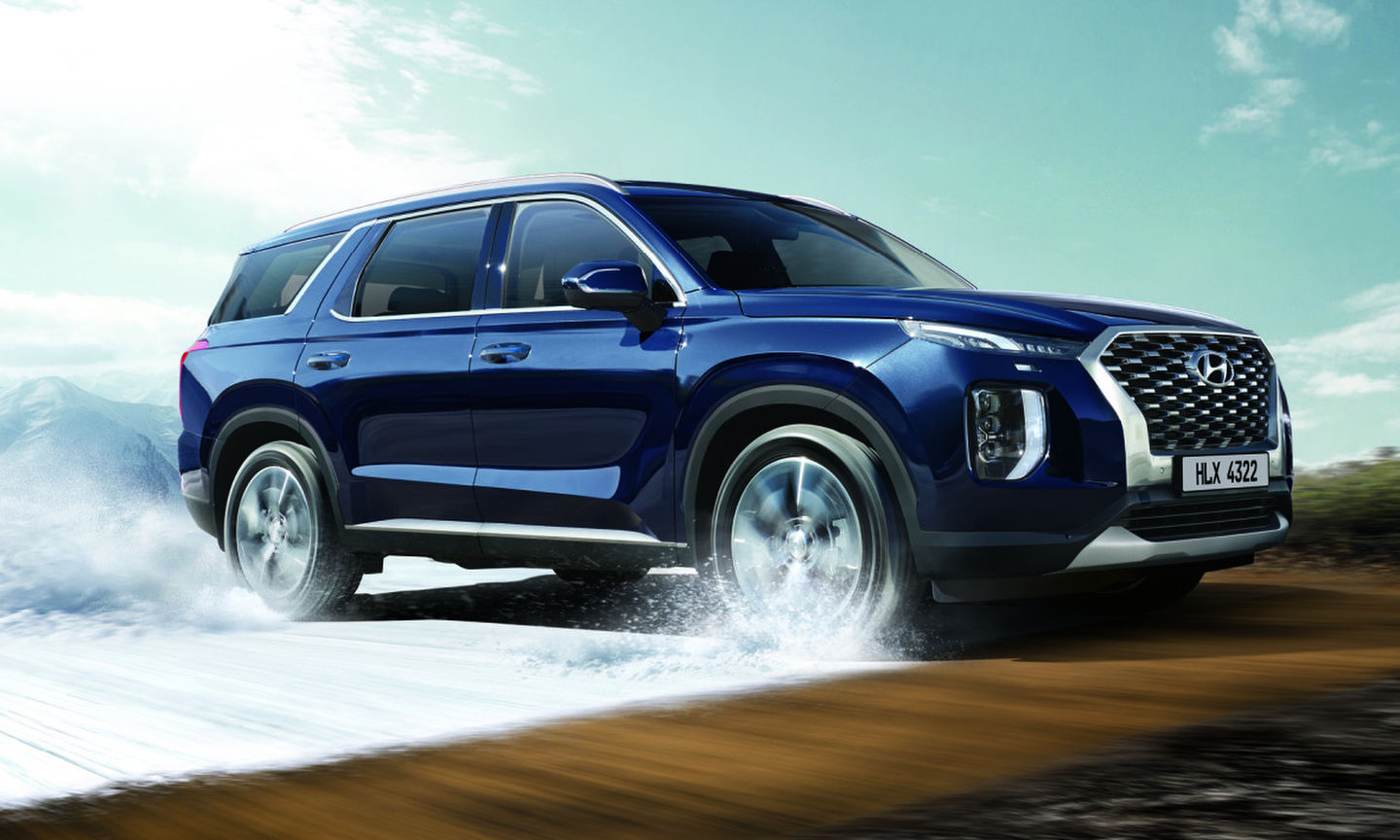How Hyundai HTRAC AWD Works

“All-Wheel-Drive” and “modern family vehicle”.
These two terms go together like “milk and cookies”, or “Meghan and Harry” – that is to say two separate entities that just seem to never be able to exist without one another. Oh, sure; you can get a select few crossovers in Canada with front-wheel-drive (and some SUVs in the US with rear-wheel-drive), but these options are few and far between.
But what if the two didn’t have to exist individually, but together? What if they could coexist?
Enter Hyundai’s HTRAC AWD system. What started out as a bit of an experiment (albeit a very expensive and well-developed one) for the 2015 Genesis sedan has become the de-facto powertrain choice for mass market Hyundai crossovers such as the Tucson or Santa Fe.
Essentially, what HTRAC does is take the best of what AWD can offer – stability, traction, confidence – and pairs it with the best 2WD has to offer – namely, handling and efficiency.
Vehicles equipped with HTRAC will spend their time as FWD in normal conditions, which is a great way to conserve fuel. It’s only as things start to get slippery under the front wheels that the rears come into action as torque gets sent rearwards.
That’s all done automatically; the beauty of HTRAC is that it also features driver-selectable modes that have a set of drive type parameters baked right in: Normal, Sport and Smart. Normal acts just as we described previously, while Sport will allow more power to the rear wheels sooner for a more performance-oriented feel. Smart mode can be regarded as your ECO mode, and, among other things, will be less inclined to send power rearwards when it senses certain levels of slippage up front.
It all combines to provide Hyundai’s crossovers and SUVs with the tools required to make life on the road that much easier and less stressful.

